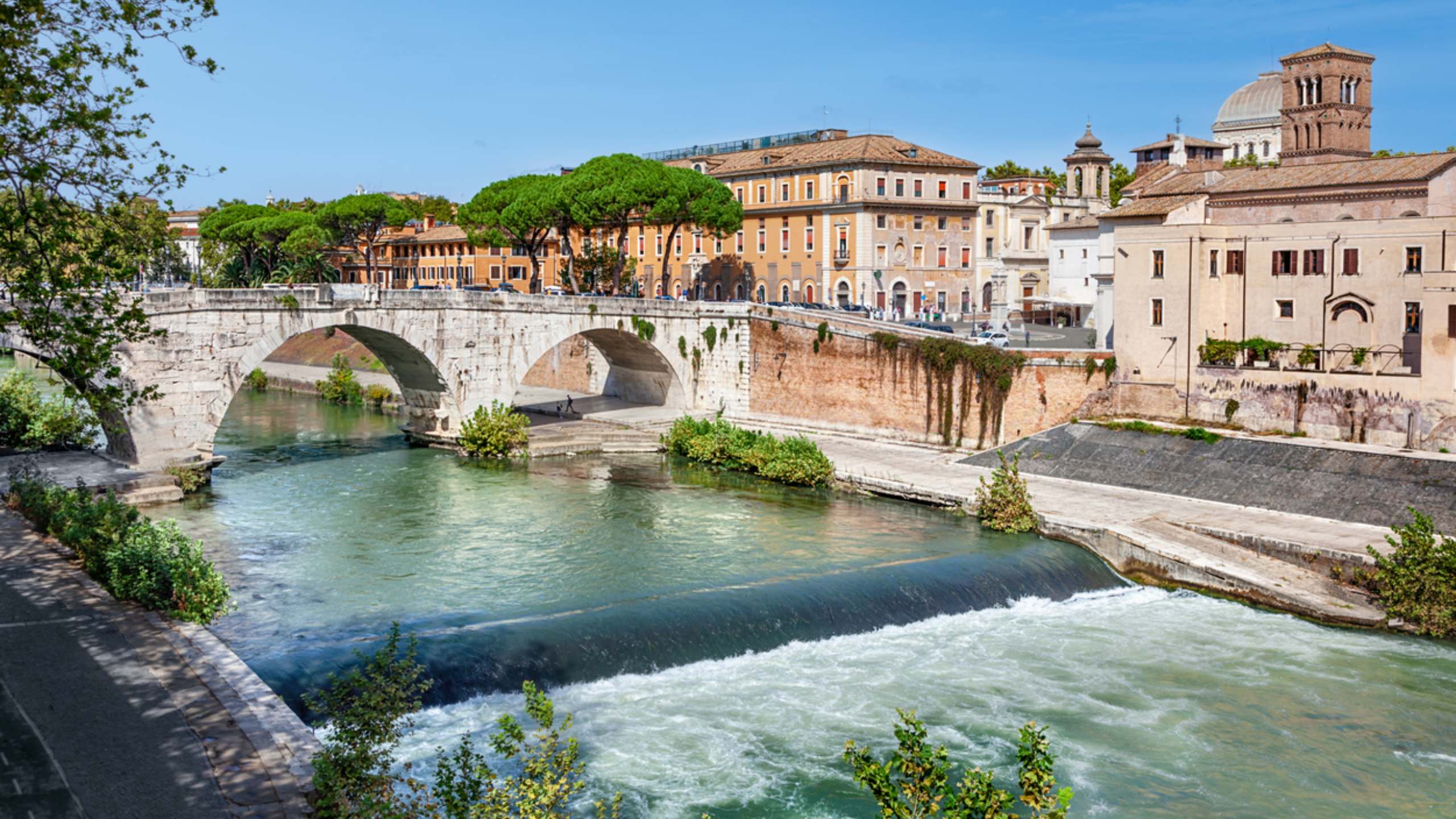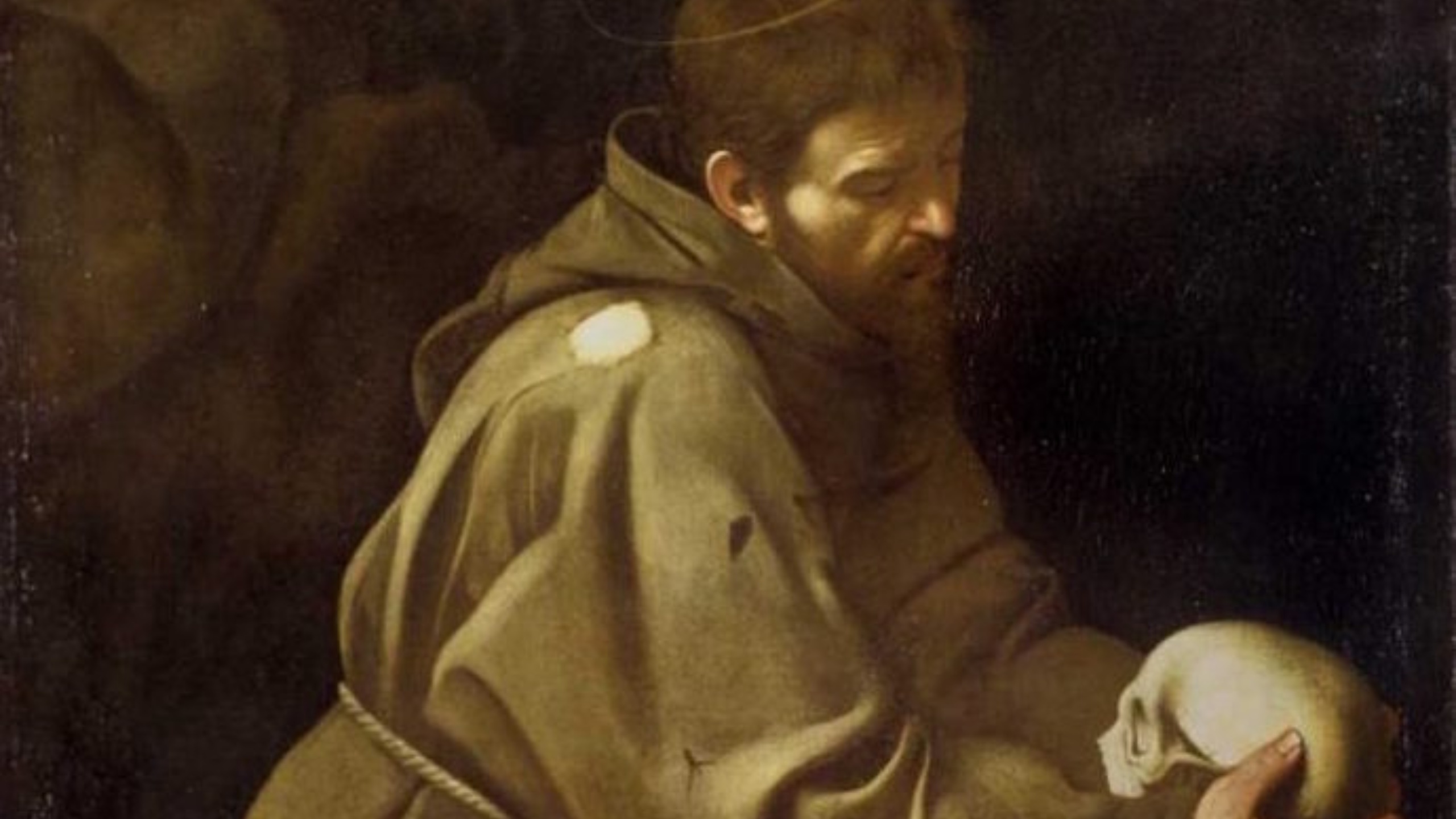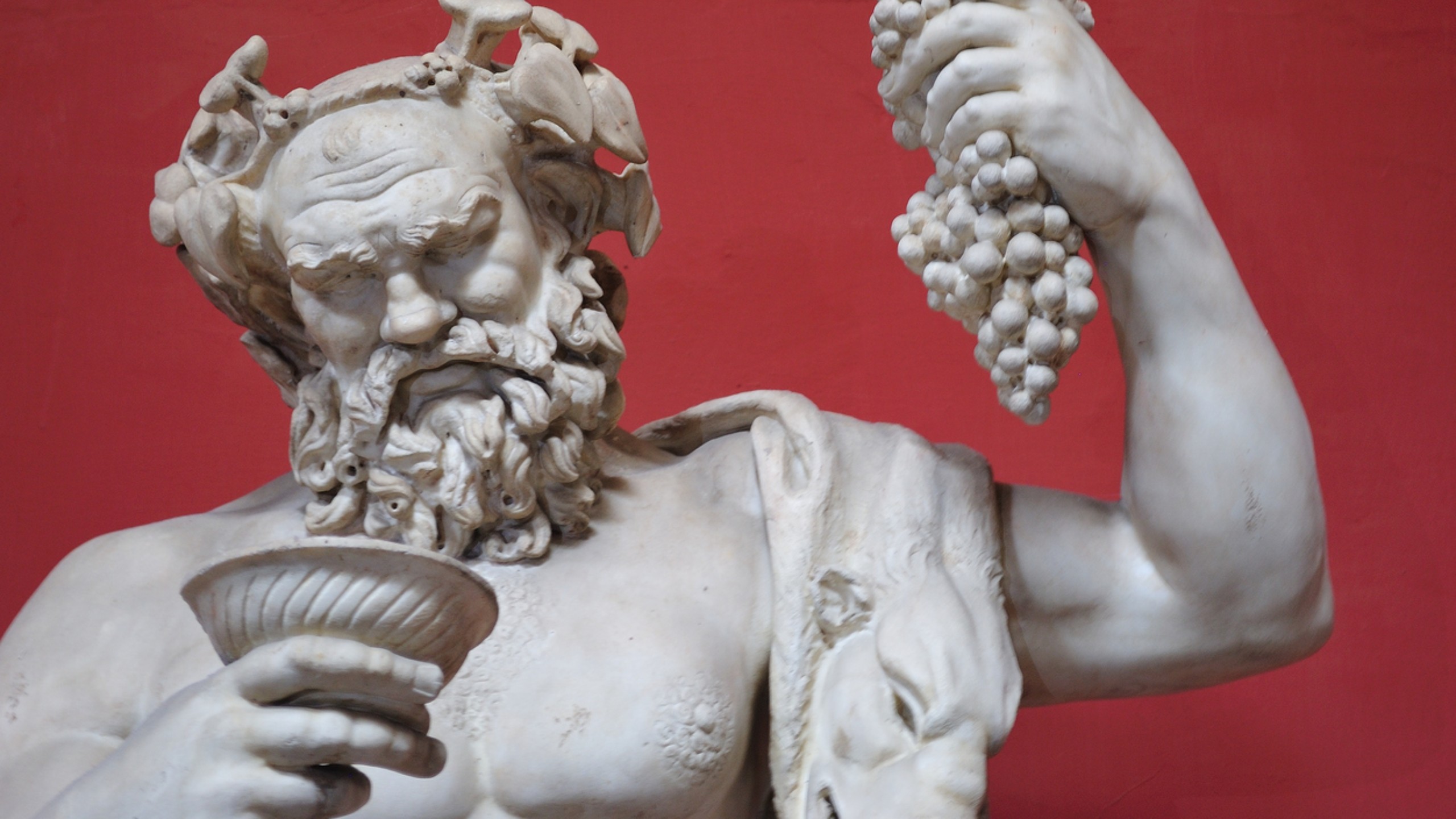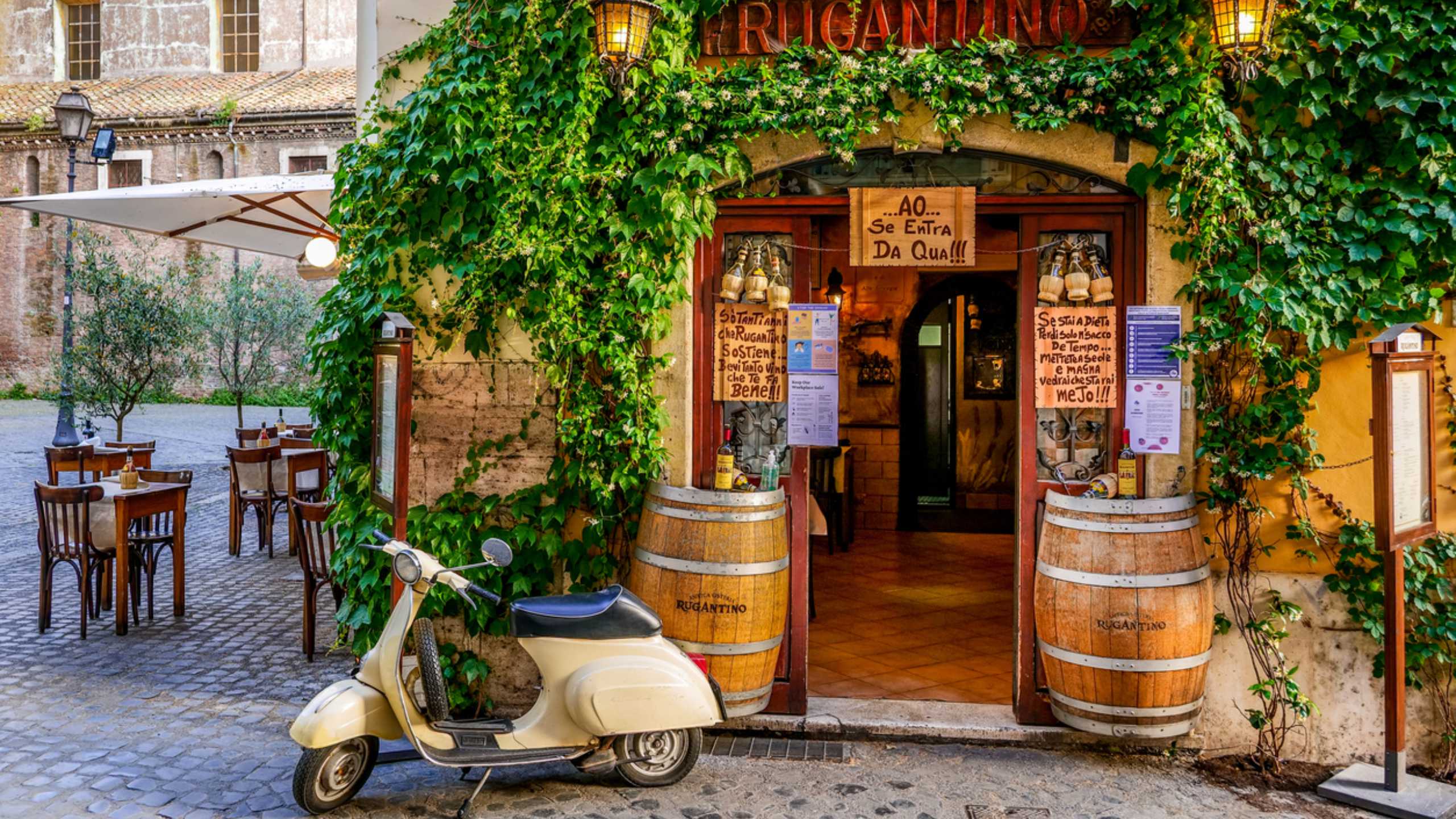Piazza Navona in history and today
If we talk about the Baroque style, in Rome there is certainly the one that is there clearer and more evident testimony, that is the marvelous Piazza Navona. This square occupies the one that many centuries ago was the real track of the Stadium of Domitian, also called Circus Agonalis, from which it has maintained at least the rectangular shape e elongated that once characterized the arena. The latter came made at the wish of Domitian, probably even before 86 A.D., in such a way that it could be useful for Greek athletic games that the emperor in question has shown that he knows how to appreciate very much, unlike the Roman people, who considered them against the moral.
The history and the name of Piazza Navona
It is well known that the square owes its identity to competitive games, that is of the gymnastic competitions that were organized in ancient Rome. Well, to date there is still some uncertainty in reference to the name of the Piazza Navona and its origins. In fact, with the passage of time it seems that the name of “agone” then became “Navone”. Finally, for a remarkable aesthetic similarity, since the square remembers definitely the hollow profile of a ship, that's what the square was definitively renamed "Navona".
The Baroque age and Piazza Navona
The urbanization that took hold from the early seventeenth century, behind clear invitation from Pope Innocent X, who was part of the noble family Pamphilj, allowed Piazza Navona to turn into a sort of open-air representation of Baroque architecture. In fact, it was the pontiff who assigned Gian Lorenzo Bernini, the task of creating an imposing sculpture, namely the well-known Fountain dei Quattro Fiumi, which features a spectacular obelisk that pushes up to a height of 16 meters. And if you are a Bernini lover,
The current architecture of Piazza Navona
The link with the ancient structure of the Domitian Stadium is evident, while among palaces, churches and fountains, the most important artists of the time Baroque have made this square a sort of open-air museum.
Piazza Navona, in fact, hosts the Fountain of the four rivers, the most imposing in size of the three, the Fontana del Moro, created using of the splendid ancient marble, which was sculpted by Ludovico Rossi di Fiesole, which followed a brilliant design by Bernini: the sculptures of the tritons present today, however, are only copies, while the originals are found in Villa Borghese. Finally, there is the Fountain of Neptune, created in pink marble, with a design that goes back to Giacomo della Porta, which had set itself the goal of creating a shape that resembled the two fountains, complete with tritons and masks.
For those who love to visit Rome and never get tired of discovering new things, the best advice is to find a strategic structure where stay, close to all the main monuments, just like the Eitch Borromini. The Innocenziano College, where the Eitch is located, guarantees to customers comfort and an unprecedented seventeenth-century style. It is about a historic home where guests can take advantage of the rare opportunity to sleep under seventeenth-century frescoes and consume one sumptuous breakfast in front of Bernini's fountain of the Four Rivers al sound of the bells of the tower of the church of Sant'Agnese in Agone. A location that leaves you breathless, whether it's for a business trip or for a short escape from routine, Eitch Borromini puts a available more than twenty rooms to choose from and stay between wonder and amazement.







